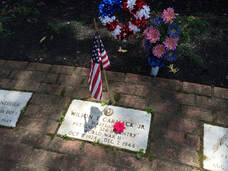 It’s Memorial Day once again—a very special day for Mount Olivet Cemetery not unlike national, state and private memorial grounds throughout the country and world that are the silent keepers of men and women who gave their lives in protecting us and our United States of America. The same holds true for small town graveyards and ancient rural churchyards that may hold only one, or a handful of former veterans who died as a result of warfare or military duty. The American holiday, originally called “Decoration Day,” originated in the years following the Civil War and would not become an official federal holiday until 1971. It is observed on the last Monday of May, and its purpose is to honor the men and women who died while serving in the US military. In the chaotic and commercial world in which we live today, many simply see Memorial Day as the unofficial kickoff to summer, paving the way for much-anticipated outdoor activities such as picnics, swimming, games, camping and beach and Disney vacations. Thankfully, commemorative activities such as flag-plantings on veteran graves, wreath-layings on war monuments, military-themed parades and veteran recognition programming keep reminding us of the real reason we have Memorial Day. Regardless of where your mind and heart are at this Memorial Day, the adoration for those lost in past service-related situations, and the annual seasonal “rite-of-passage” both take on heightened purpose and meaning this year as we emerge from local, state and federal restrictions regarding the Covid-19 pandemic. Last year, most related Memorial Day activities were canceled and scrapped. Among these was the annual program by our local Francis Scott Key Post 11 of the American Legion. Although the group faithfully planted flags in advance, this was the first time their service at Mount Olivet was missed since its very first held a century earlier on May 29th, 1920. The 100th anniversary of that very event was missed of course in May, 2020, but I was fortunate to have been invited to participate as a program speaker in Post 11’s centenary ceremony held on Memorial Day, 2019. It was a beautiful day, and I had the unique opportunity to call out veterans buried here who were connected to nearly every major military conflict our country has participated in. As we see things getting “back to normal,” we can look fondly toward next Monday, May 31st at 12 noon, as the Legion will return to Mount Olivet to hold their annual observance ceremony at the base of the Francis Scott Key Monument, located just within our front gate off Frederick’s South Market Street. I have a pretty good idea of how Memorial Day 2021 will shape up, and I must say, it doesn’t have far to go to easily out-perform last year’s Memorial Day chock-full of cancellations, safety restrictions, and social justice protests and rioting on both mainstream and social media. However, the sentiment for our fallen heroes should be the same, pandemic or not. That said, I became curious as to the mood here locally back a century ago, in 1921, for the second “official” Memorial Day observance here in Frederick in respect to a “renewed” focus on Memorial Day, mostly driven by newly-formed veterans groups such as our local Legion Post. These came about as a result of World War I which had ended on November 11th, 1918, better known as Armistice Day, and in time this date would serve as Veterans Day. Fredericktonians and countians had recognized Decoration/Memorial Day since the 1860s in originally commemorating Civil War dead. Groups such as the Grand Army of the Republic and the United Daughters of the Confederacy kept the spirit alive. However, in the late teens and early 1920s, newspapers advocated for commemorations of those killed in The Great War (World War I). By Memorial Day 1921, the tradition was solidly on its way, and would embrace service men and women who had perished in the line of duty. I went back to the Frederick newspapers of late May, 1921, and here is what I found on the Memorial Day docket. Memorial Day, 1921 took place on May 30th under the leadership of Post Commander William M. Storm and Adjutant Irving M. Landauer. Both these gentleman were veterans of World War I, and have Mount Olivet as their final resting place along with over 4,000 service men and women. Landauer would serve as Post Commander a decade later from 1931-1932. We have done a great deal of research work in the last few years regarding our World War I veterans buried in the cemetery, numbering over 600. If you haven’t done so already, please check out the memorial pages for these men and women on www.MountOlivetVets.com . As said earlier, the veneration paid to the WWI vets back in the years immediately following “the Great War” would continue to swell. It grew exponentially with the occurrence of World War II and 20th century conflicts thereafter. Speaking of World War II, I’ve written several articles on some of the fallen soldiers, sailors and airmen that can be found buried beneath our World War II monument in Area EE. This lasting tribute was dedicated on Memorial Day 1948. Instead of rehashing that history lesson, I thought I would briefly talk about three other individuals who lost their lives in active duty during World War II, but were laid to rest in other areas of Mount Olivet. Charles D. Kemp Private Charles Daniel Kemp was born in New Midway in northeastern Frederick County on April 28th, 1922. He is buried on Area MM/Lot 119. Our records show that he served with Company A of the 5307th Composite Regiment of the US Infantry and was the first Frederick resident to be reported killed in the Burma Theater of World War II. The son of Charles Franklin Washington Kemp and Lucy Alice Barrett (Hildebrand) was known also by the name of “Buttercup.” I wasn’t familiar with this part of the war, so I consulted some online resources to learn more. The Burma campaign was a series of battles fought in the British colony of Burma. It was part of the South-East Asian theatre of World War II and primarily involved forces of the Allies; the British Empire and the Republic of China, with support from the United States. They faced against the invading forces of Imperial Japan, who were supported by the Thai Phayap Army, as well as two collaborationist independence movements and armies, the first being the Burma Independence Army, which spearheaded the initial attacks against the country. Puppet states were established in the conquered areas and territories were annexed, while the international Allied force in British India launched several failed offensives. During the later 1944 offensive into India and subsequent Allied recapture of Burma, the Indian National Army, led by revolutionary Subhas C. Bose and his "Free India", were also fighting together with Japan. British Empire forces peaked at around 1,000,000 land and air forces, and were drawn primarily from British India, with British Army forces (equivalent to eight regular infantry divisions and six tank regiments), 100,000 East and West African colonial troops, and smaller numbers of land and air forces from several other Dominions and Colonies.  The campaign had a number of notable features. The geographical characteristics of the region meant that weather, disease and terrain had a major effect on operations. The lack of transport infrastructure placed an emphasis on military engineering and air transport to move and supply troops, and evacuate wounded. The campaign was also politically complex, with the British, the United States and the Chinese all having different strategic priorities. Charles was a member of the 5307th Composite Unit (Provisional Army), also known as Merrill's Marauders. Merrill’s Marauders (named after Frank Merrill) or Unit Galahad was a United States Army long range penetration special operations jungle warfare unit, which fought in the South-East Asian Theater of World War II, or China-Burma-India Theater. The unit became famous for its deep-penetration missions behind Japanese lines, often engaging Japanese forces superior in number. Private Kemp lost his life on July 30th, 1944. He was only 22. His obituary soon appeared in the local newspaper. Moore and Nogle We have two other veterans who perished in the European Theater of war in the same town of Saint-Lô, France. I am familiar with this town as I had visited back in 2001 as part of a World War II Battlefield tour of Normandy with my father. (My grandfather was in the war and we went with many members of his division). The action in Saint-Lô between Allied forces and the Germans occurred in July (1944), roughly a month after D-Day, June 6th. The Battle of Saint-Lô is one of the three conflicts in "the battle of the hedgerows," which took place between July 7th and 19th, 1944, just before Operation Cobra. Saint-Lô had fallen to Germany in 1940, and, after the Invasion of Normandy, the Americans targeted the city, as it served as a strategic crossroads. American bombardments caused heavy damage (up to 95% of the city was destroyed) and a high number of casualties. The first of these two casualties of Saint-Lô is buried in Mount Olivet's Area Q/Lot 246, only steps from two immortal Frederick patriots in Civil War heroine Barbara Fritchie and Revolutionary War hero, Gov. Thomas Johnson, Jr. His name is Ira Leslie Moore. Moore was born on January 22nd, 1918, in Frederick, the son of Ira Vernal Moore and Pansy Cecelia Carlin, Mr. Moore’s second wife. He lived on East South Street, only a few blocks from Charles Daniel Kemp. He worked for the Frederick News-Post as a printer at the time of his enlistment. Ira eventually held the rank of T/5 in the Army and was part of a medical detachment. For a little background on this curious designation, I did a some additional research: Technician fifth grade (abbreviated as T/5, TEC5 or TEC-5) was a United States Army technician rank during World War II. The grades of Technician in the third, fourth and fifth grades were added by War Department on the 8th of January 1942 per Army Regulation 600-35. An update issued on the 4th September 1942, added a letter "T" to the rank insignia. Those who held this rank were addressed as corporal, though were often called a "tech corporal". Technicians possessed specialized skills that were rewarded with a higher pay grade, but had no command authority. The pay grade number corresponded with the technician's rank. T/5 was under the pay grade 5, along with corporal. Technicians were easily distinguished by the "T" imprinted on the standard chevron design for that pay grade. The technician ranks were removed from the U.S. Army rank system in 1948, though the concept was brought back with the specialist ranks in 1955. T/5 was as high as our subject would rise by early summer 1944. Ira Leslie Moore would first be reported missing in action. A week later, newspaper reports confirmed that he had died on July 11th, 1944. A second victim of the action at Saint-Lô, France was Staff Sergeant Harry Arthur Nogle, son of William Arthur Nogle and Pauline Elizabeth Kline. Nogle was born on June 26th, 1915. I could not find him living with his parents in the 1920, 1930 or 1940 US Census records. Harry was instead living with an uncle and aunt and I'm guessing that they actually raised him into adulthood. In the years leading up to the war, Harry was employed by his uncle, Edward Bentz, as a clerk in Mr. Bentz's rug store. This was located on E. Patrick Street in downtown Frederick. Nogle would become a member of one of the war's most celebrated units, the 29th Division.  The 29th Infantry Division, also known as the "Blue and Gray Division," is an infantry division of the United States Army based in Fort Belvoir, Virginia. It is currently a formation of the US Army National Guard and contains units from Virginia, Maryland, Kentucky, North Carolina, South Carolina and West Virginia. Formed in 1917, the division deployed to France as a part of the American Expeditionary Force during World War I. Called up for service again in World War II, the division's 116th Regiment, attached to the First Infantry Division, was in the first wave of troops ashore during Operation Neptune, the landings in Normandy, France. It supported a special Ranger unit tasked with clearing strong points at Omaha Beach. The rest of the 29th Infantry Division came ashore later, then advanced to Saint-Lô, and eventually through France and into Germany. S/Sgt Nogle would make it as far as Saint-Lô, but thus ended his war experience and life. As I have said again and again with these “Stories in Stone” articles, the typical visitors to Frederick’s Mount Olivet Cemetery are awestruck to see the vast sea of grave monuments present here on our 90-acre footprint. This collection of former Frederick Countians and others is comprised of over 40,000 interments joined by eight miles of roadway. One generally sees nothing but names, numbers and dashes carved into the faces of granite and marble. The first two elements (names and dates) are pretty straight-forward. However, the dashes represent what is most important, yet are usually often shrouded in mystery unless you make the effort to “dig deeper.” It’s probably not the best expression to use when talking about a cemetery, but think about all the stones that fail to get recognized by the visitor on a typical sojourn? On days like Memorial Day, Veterans Day and now, Wreaths Across America Day in mid-December, one just needs to look for the flaglets marking the graves of over 4,000 service men and women buried within our special “museum without walls” to garner a small part of “the dash.” If you have the interest and time, please go further in discovering more of the dash. Find out who these individuals were, where they lived, what their occupation was, and what constituted their military experience. If you are a relative or family friend and already know the answers to these questions, please make the effort to reach out to me and the staff of Mount Olivet, because we want to learn more about those we are tasked to keep care over. Our goal is to have this important vital information as part of our cemetery’s archival repository. The same goes for photographs as well, as it is always great to “put a face with a name,” and more so, “to put a face with a monument.”
So with Memorial Day, 2021, let’s appreciate the opportunity to experience it fully once again, and keep sacred the thoughts of those who made the greatest sacrifice to preserve our freedoms. The three servicemen highlighted here in this story may have participated in those early Frederick Memorial Day exercises of the Roaring 20s, and “Great Depression” years of the 1930s. They had the opportunity to think about the concept and construct of Memorial Day up through its occurrence in late May 1944. However, all three would die two months later, thus ending their ability to do so ever again. We must carry the torch for them, as we have the chance to do so, one that was abruptly taken from them as they became part of the greater Memorial of "Memorial Day," themselves. Many thanks to groups such as the Legion, VFW, Amvets, Daughters of the American Revolution and others for their continued commemorative efforts.
0 Comments
Leave a Reply. |
STORIES
|
Archives
July 2024
June 2024
May 2024
April 2024
March 2024
February 2024
January 2024
December 2023
November 2023
September 2023
August 2023
July 2023
June 2023
May 2023
April 2023
March 2023
February 2023
January 2023
December 2022
November 2022
October 2022
September 2022
August 2022
July 2022
June 2022
May 2022
April 2022
March 2022
February 2022
January 2022
December 2021
November 2021
October 2021
September 2021
August 2021
July 2021
June 2021
May 2021
April 2021
March 2021
February 2021
January 2021
December 2020
November 2020
October 2020
September 2020
August 2020
July 2020
June 2020
May 2020
April 2020
March 2020
February 2020
January 2020
December 2019
November 2019
October 2019
September 2019
August 2019
July 2019
June 2019
May 2019
April 2019
March 2019
February 2019
January 2019
December 2018
November 2018
October 2018
September 2018
August 2018
July 2018
June 2018
May 2018
April 2018
March 2018
February 2018
January 2018
December 2017
November 2017
October 2017
September 2017
August 2017
July 2017
June 2017
May 2017
April 2017
March 2017
February 2017
January 2017
December 2016
November 2016

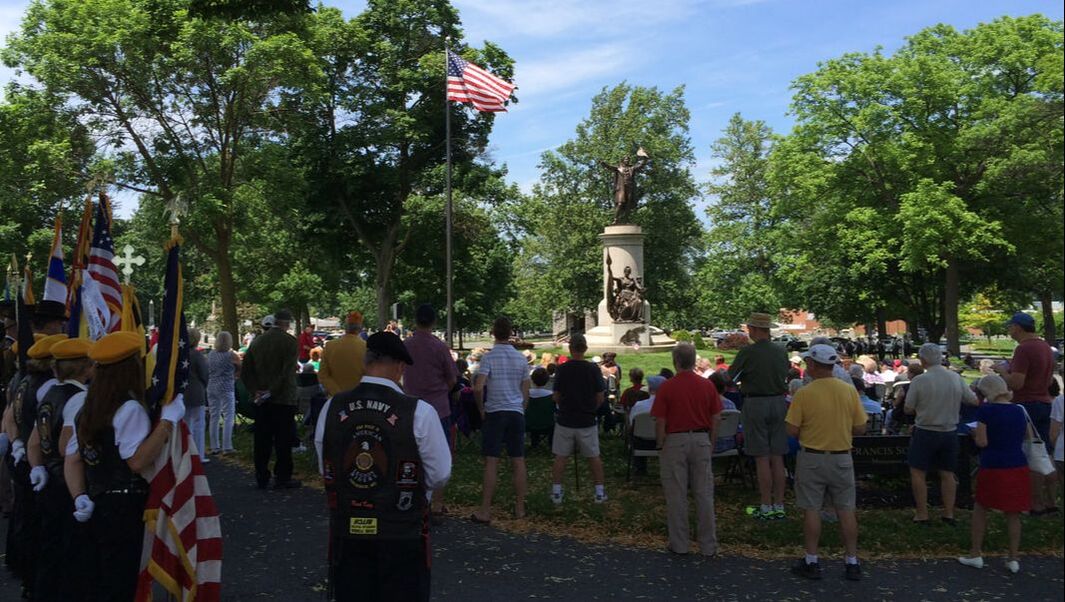
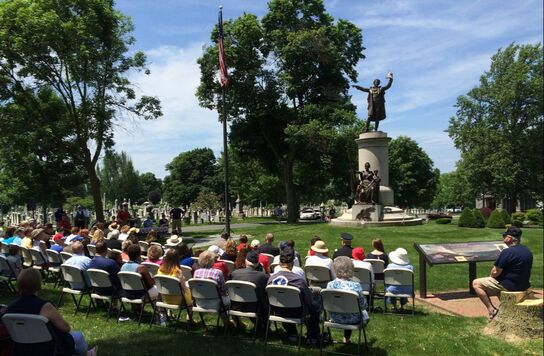

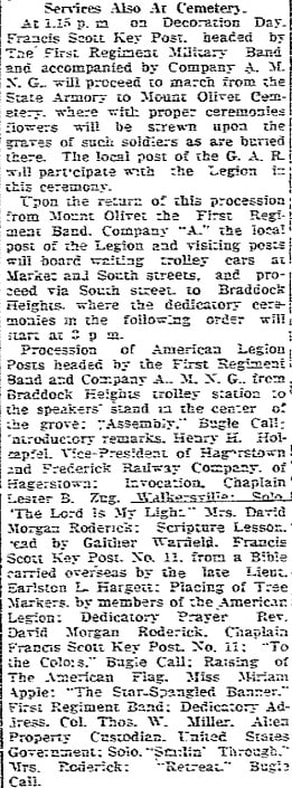
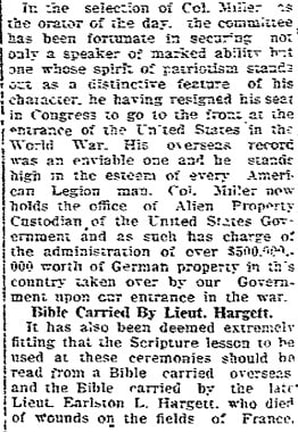
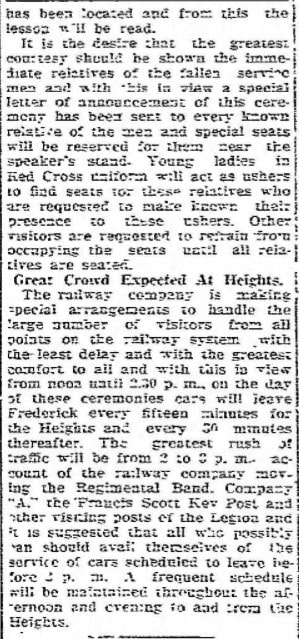
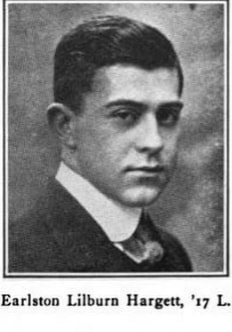
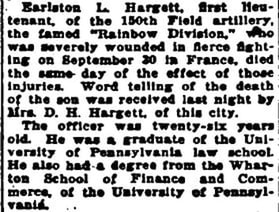
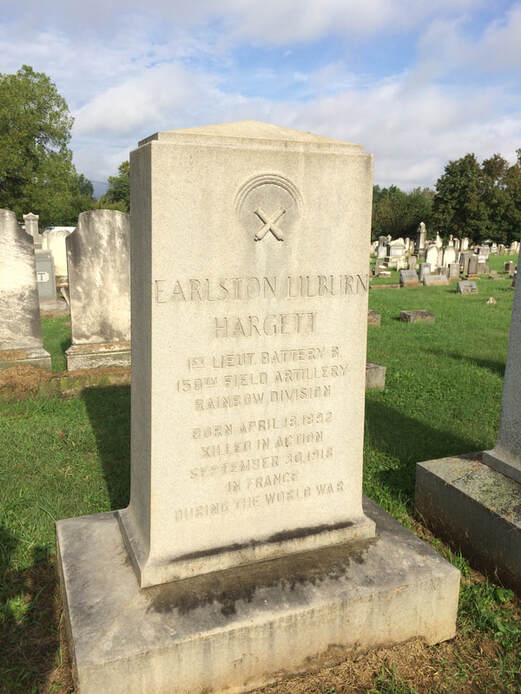
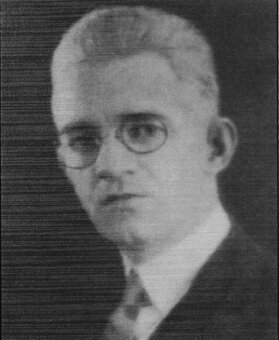
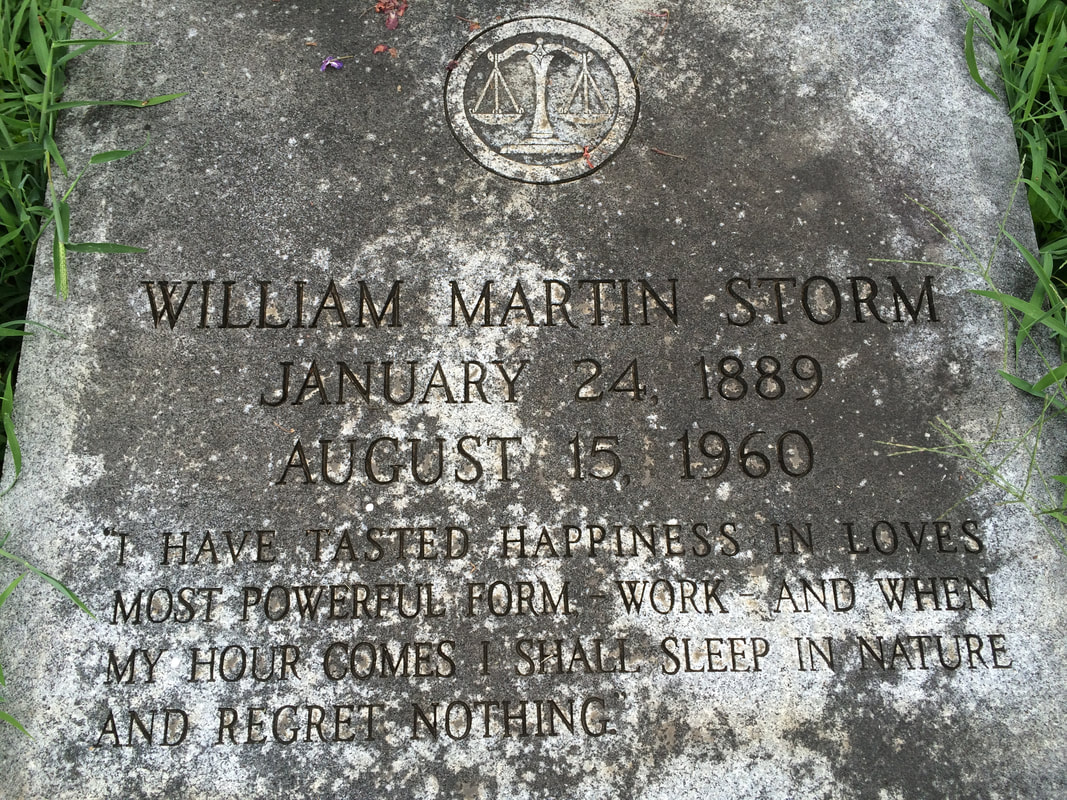
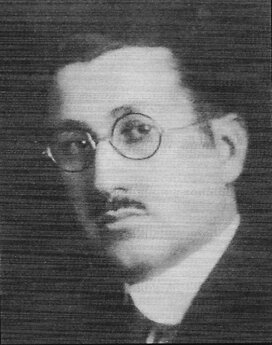
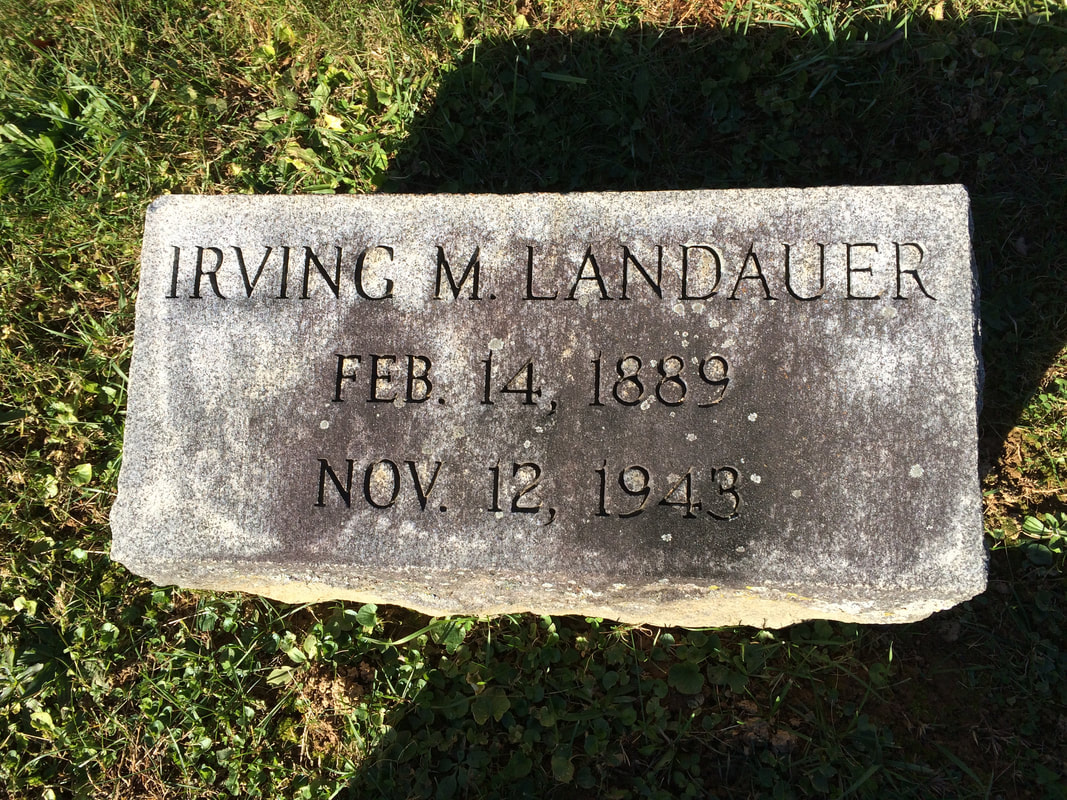
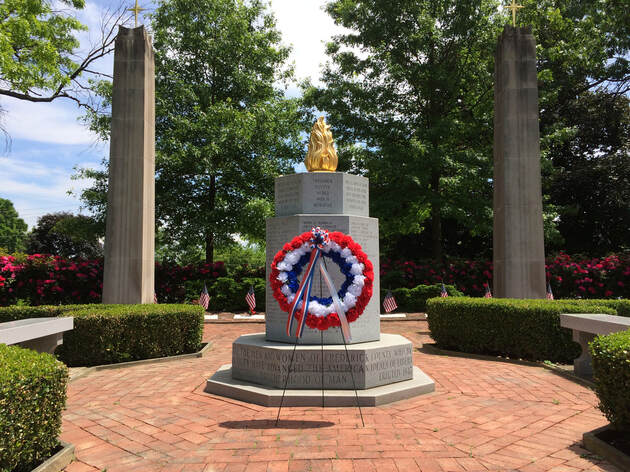
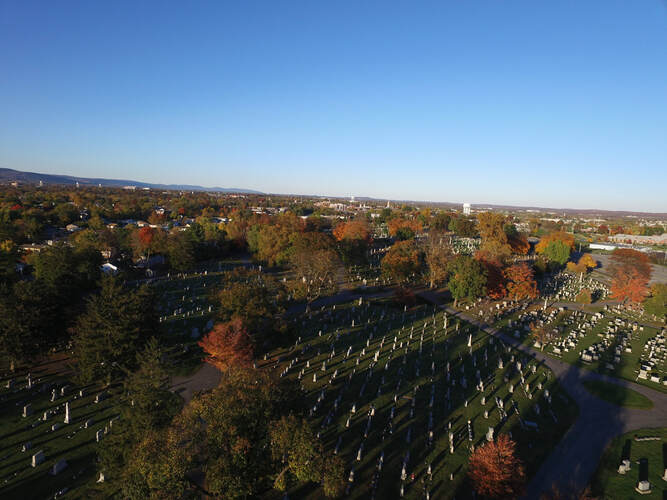
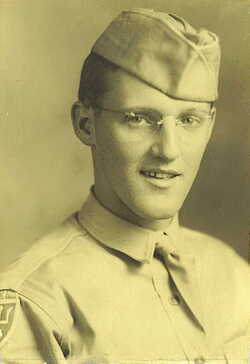
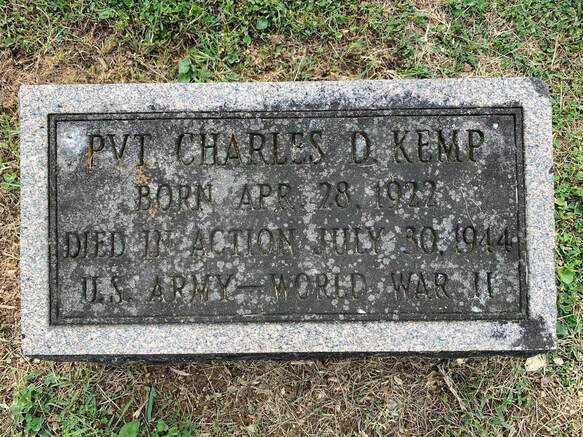


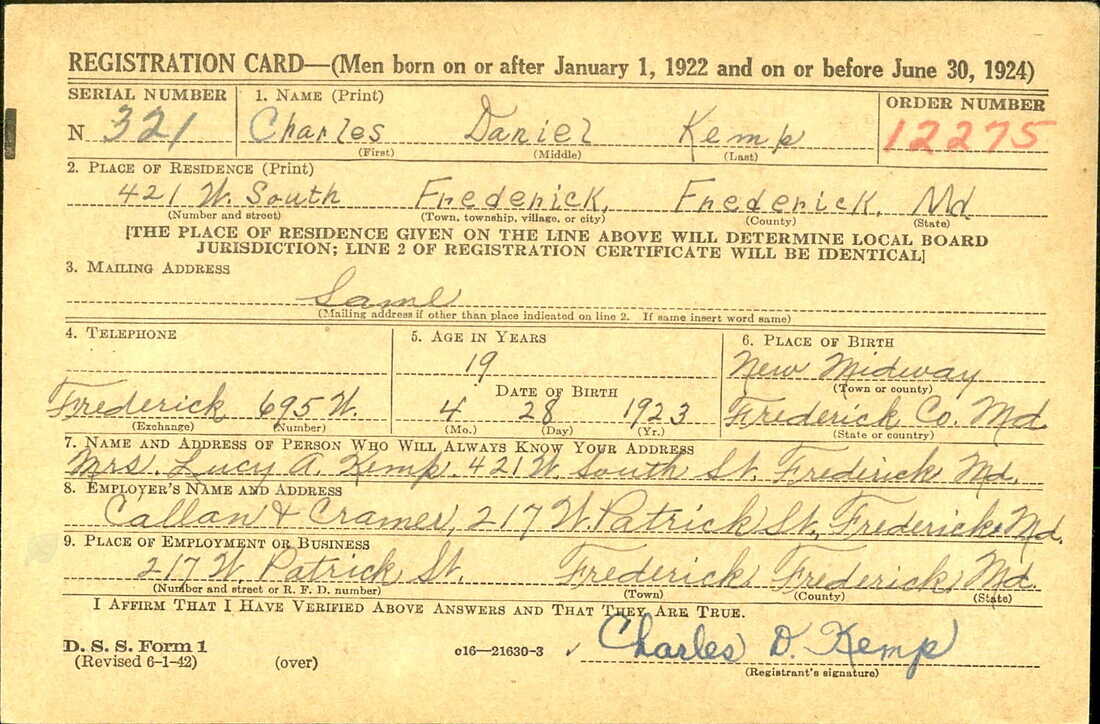
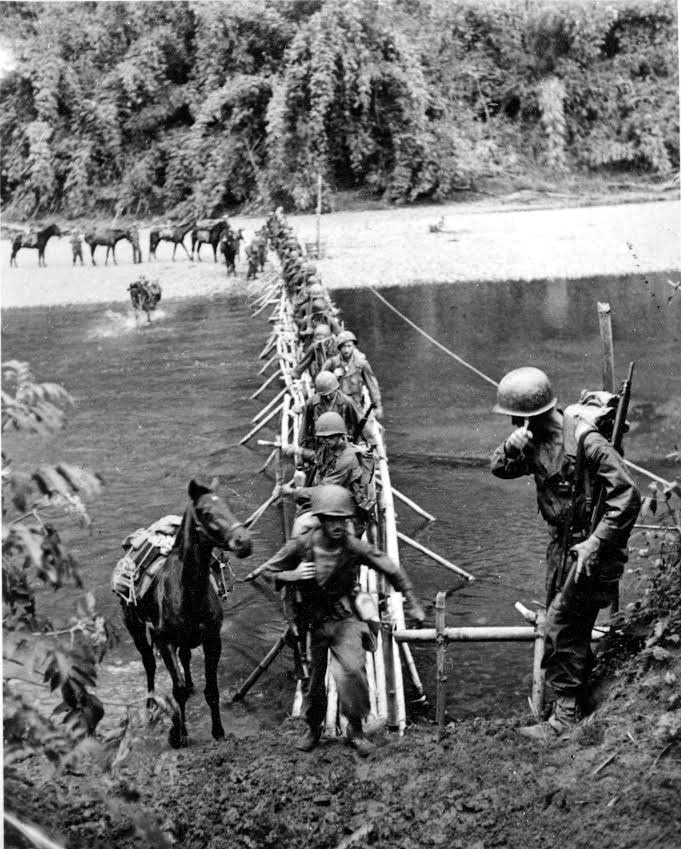
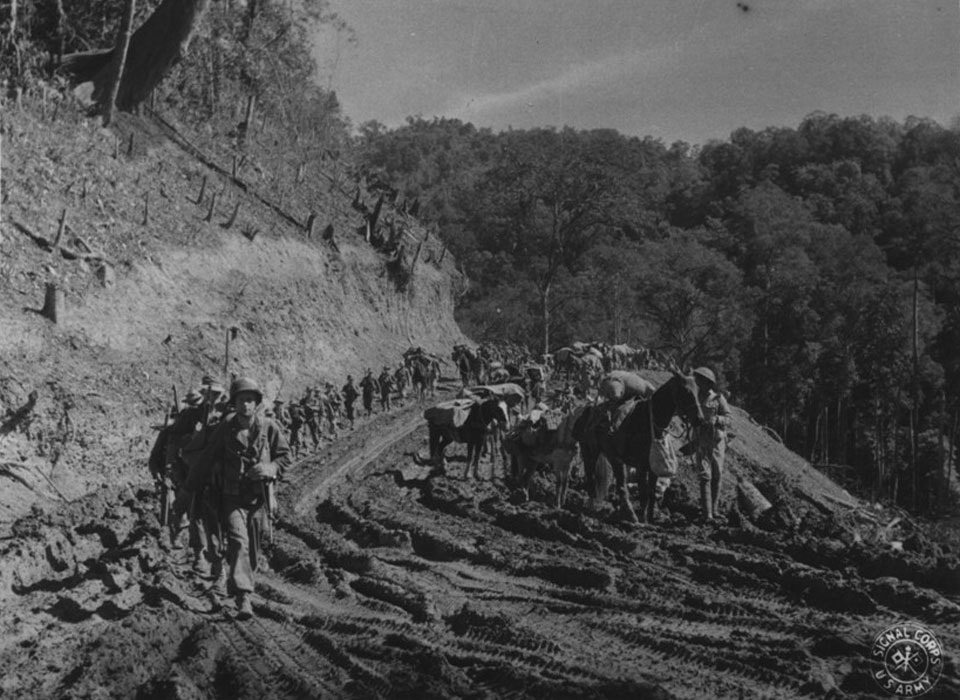
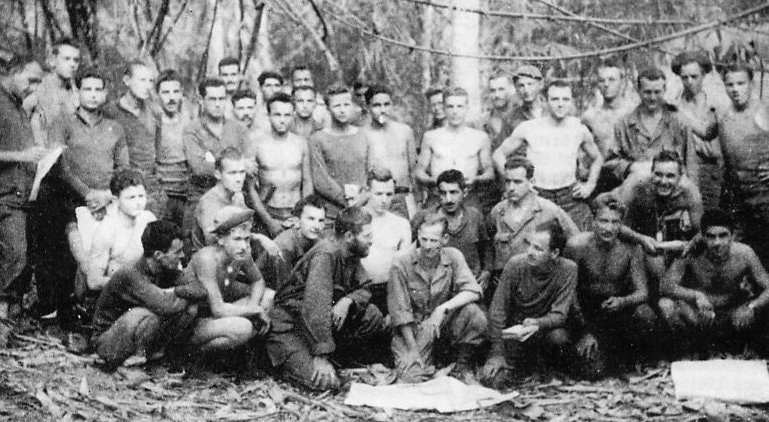
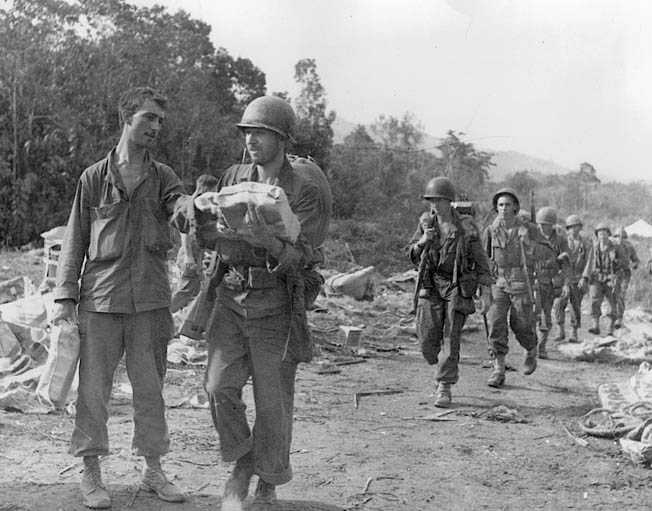
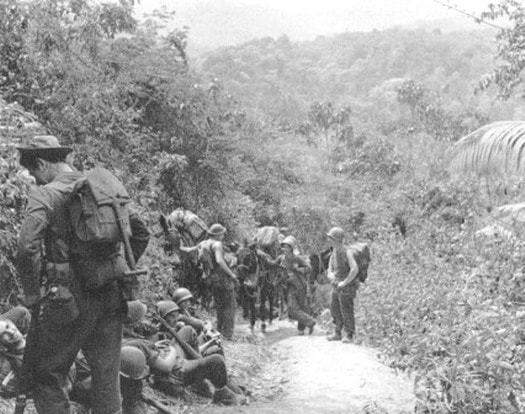
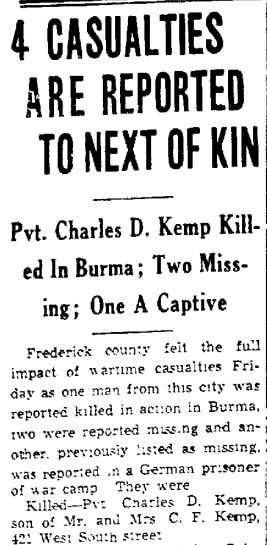
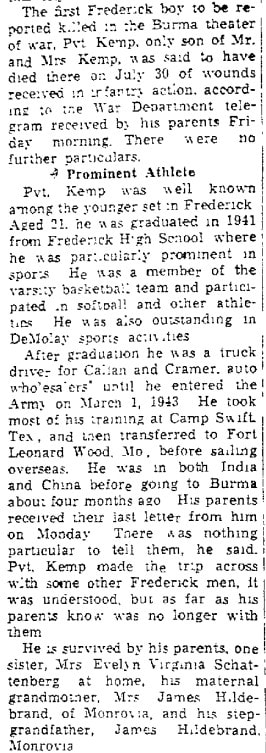
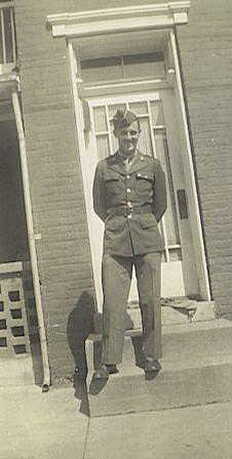
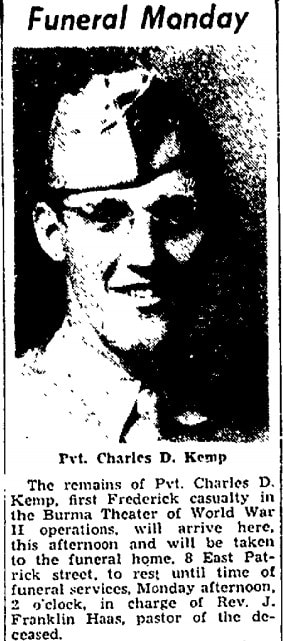
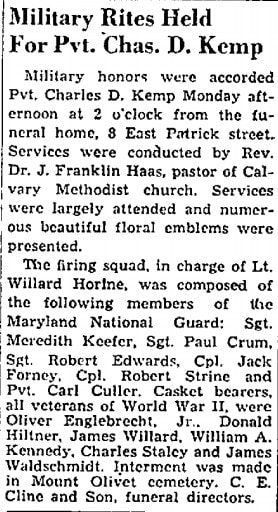
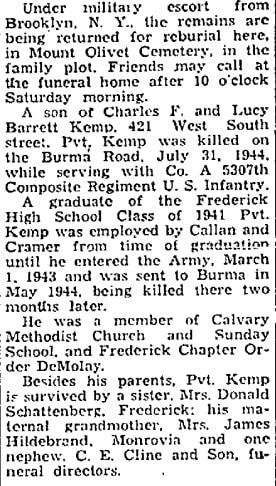
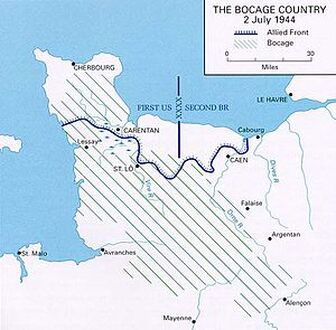
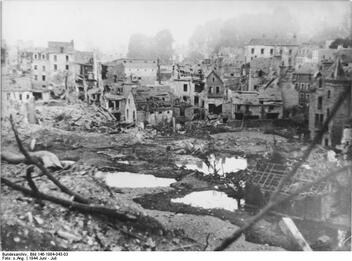
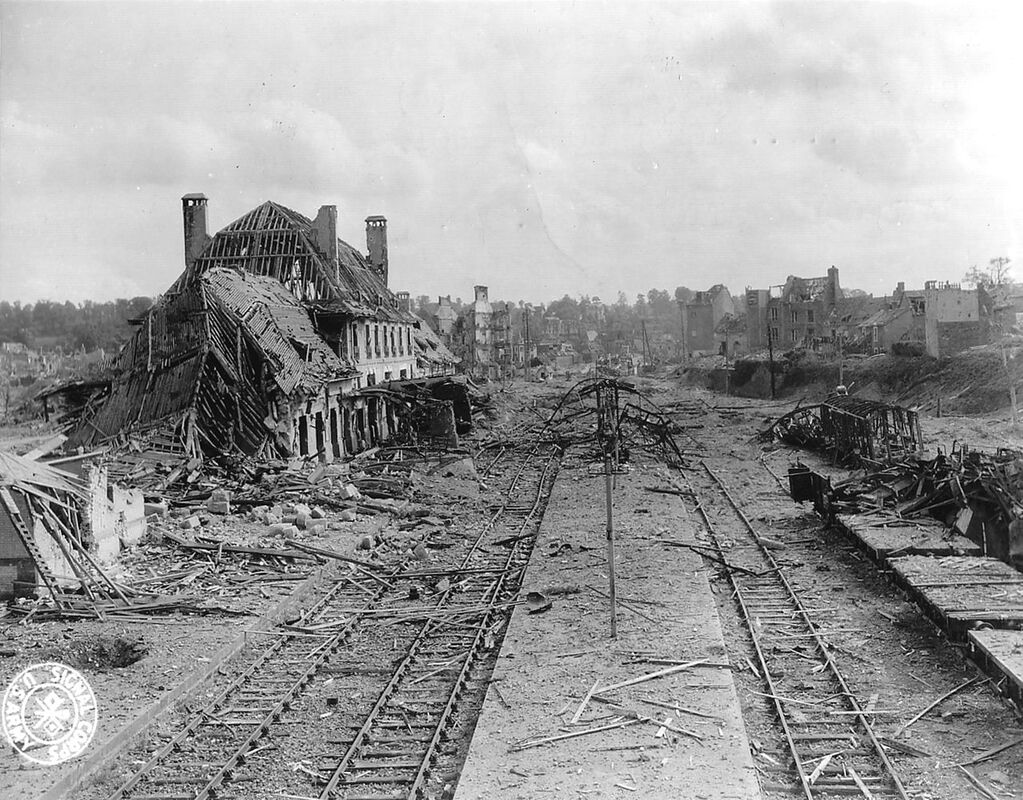
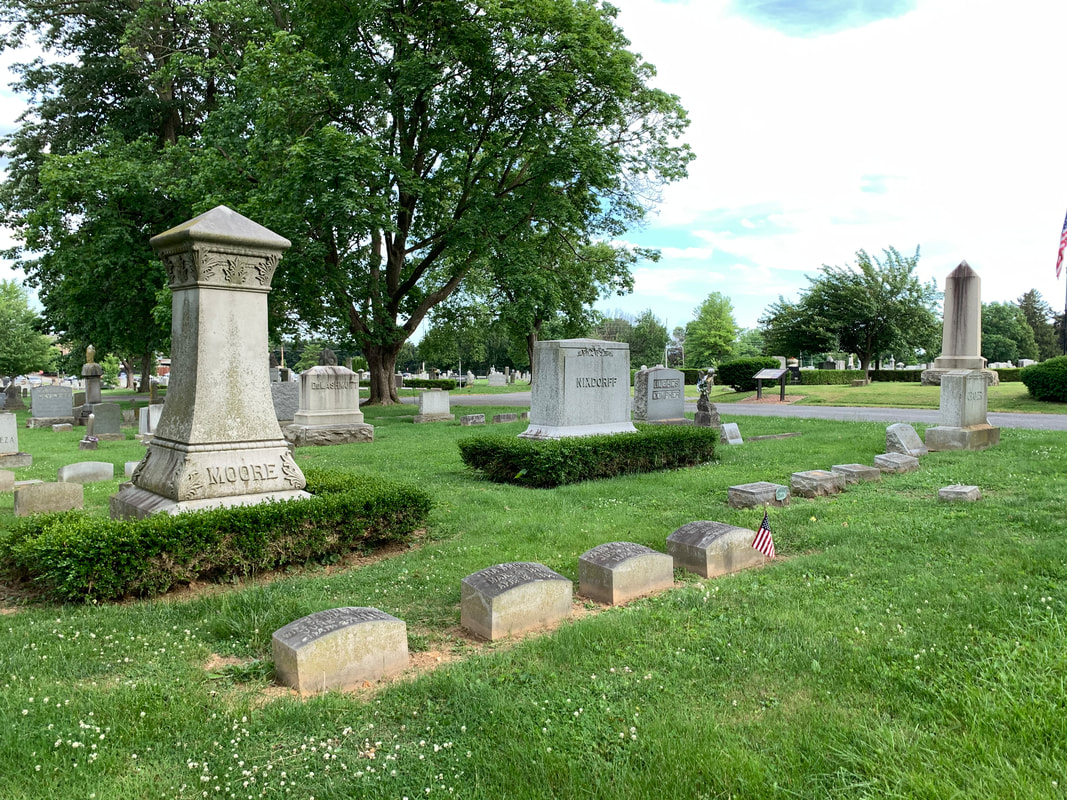


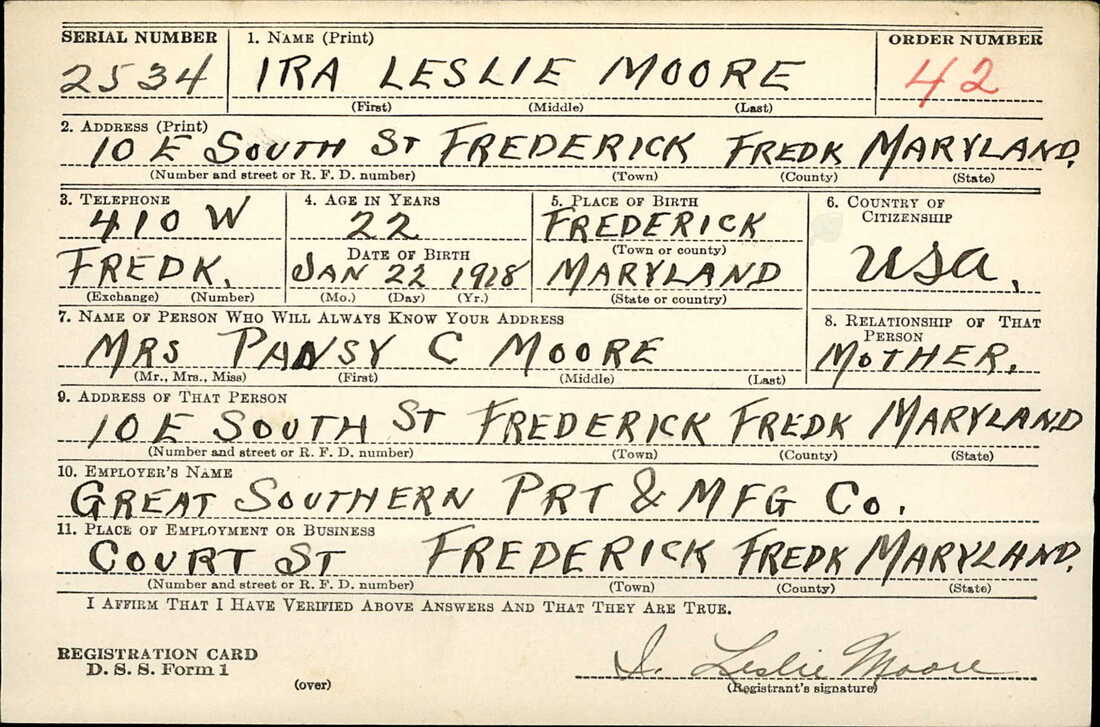
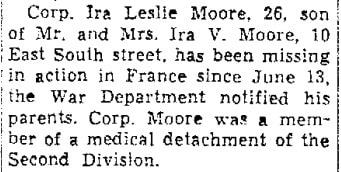
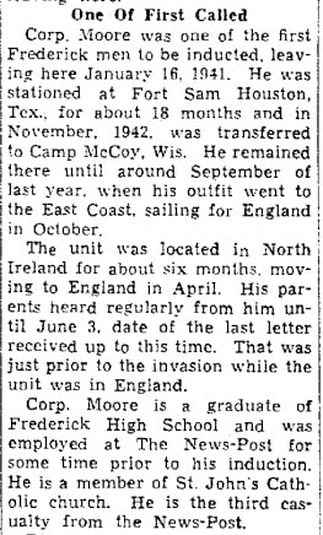
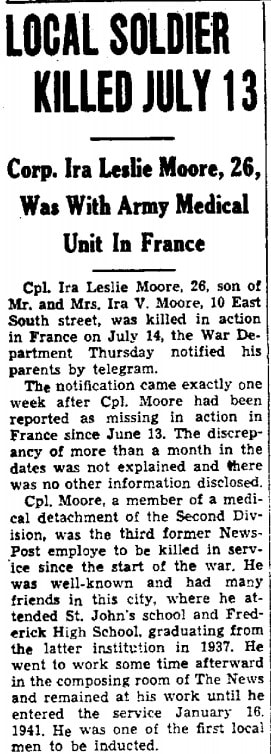
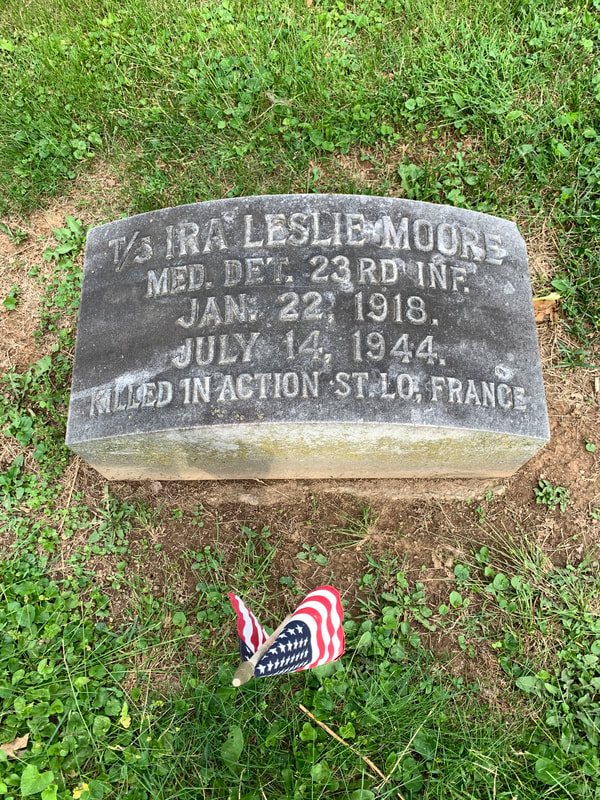
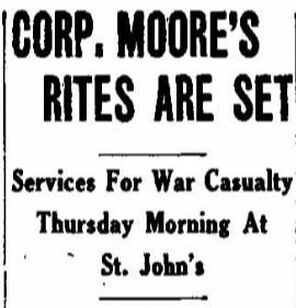
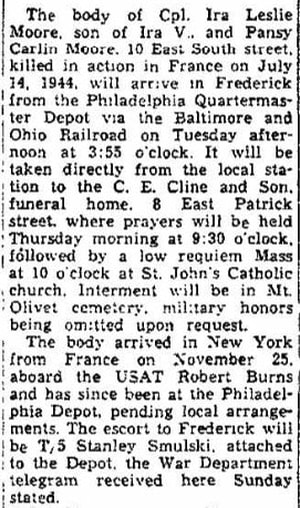
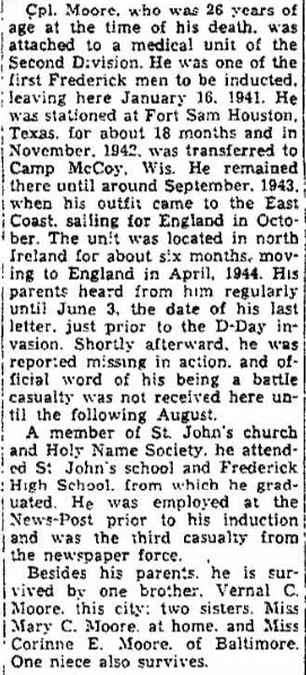
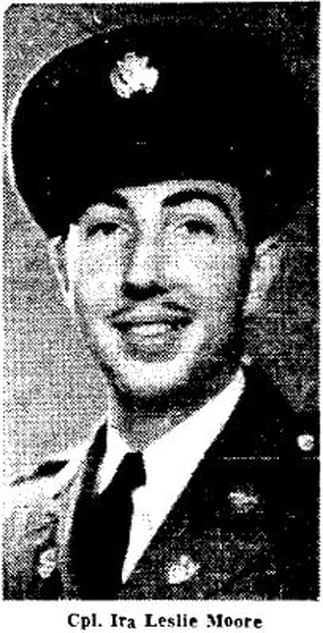
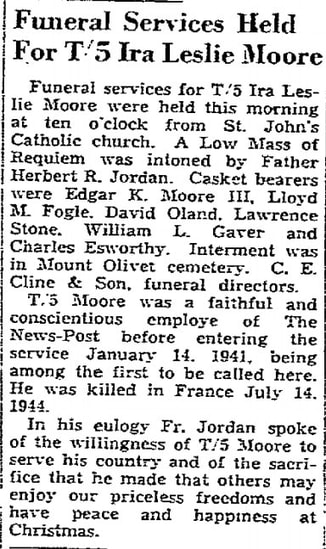
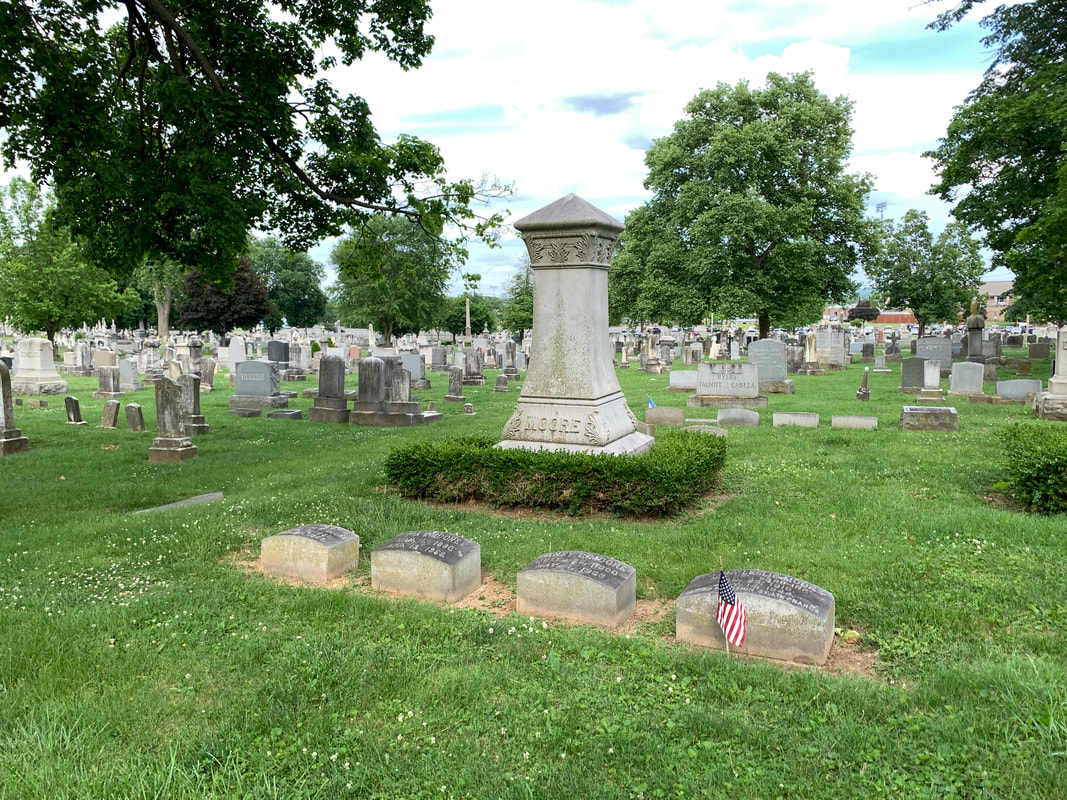

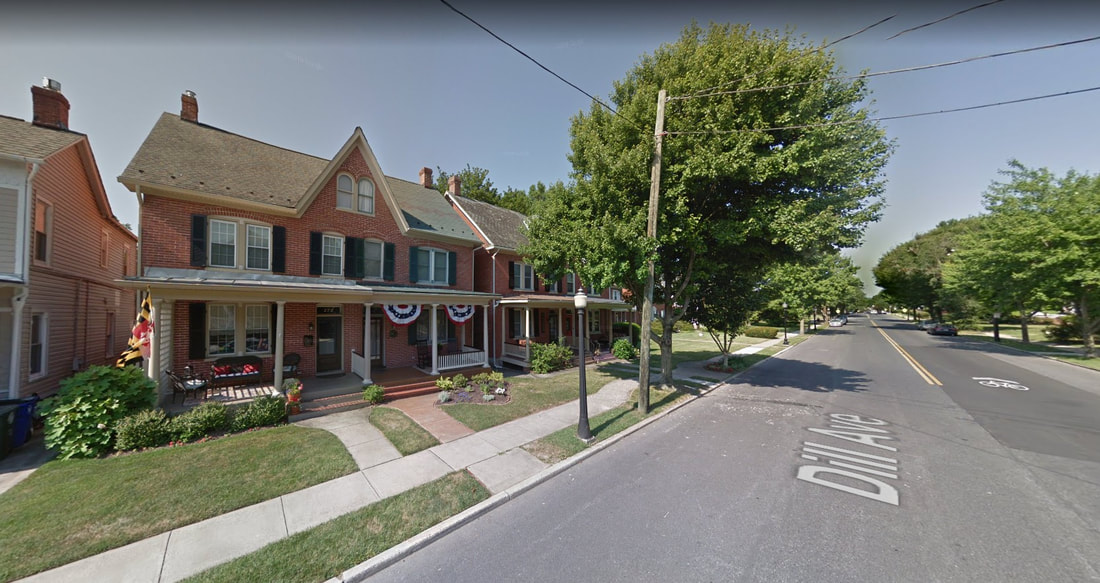
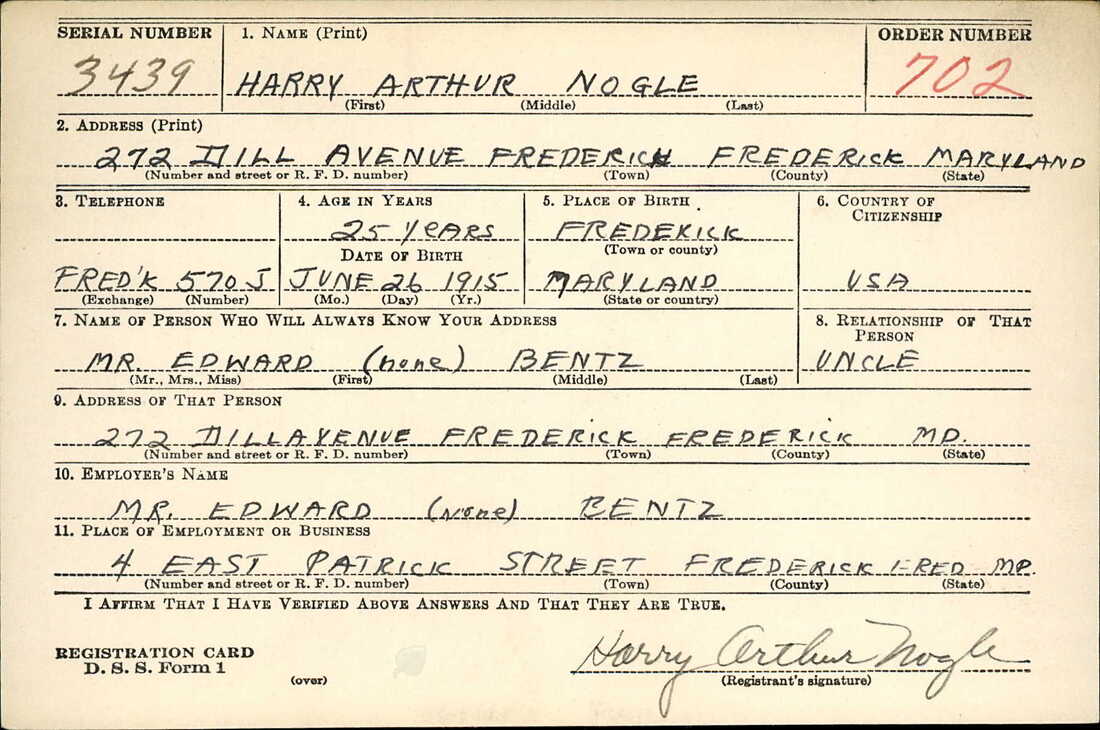
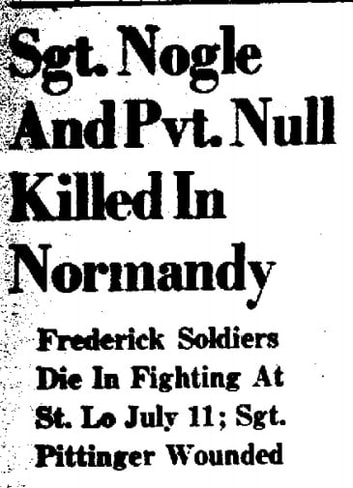
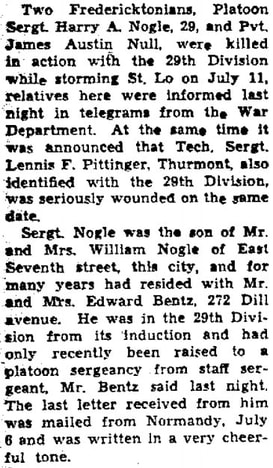
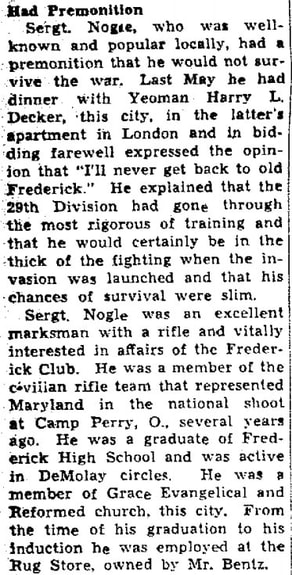
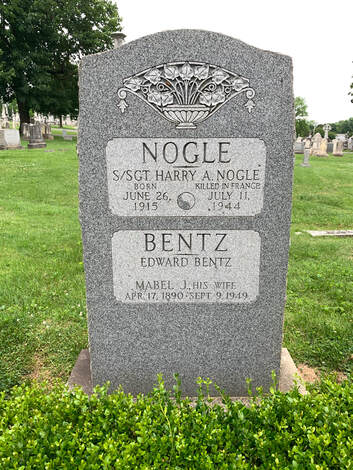
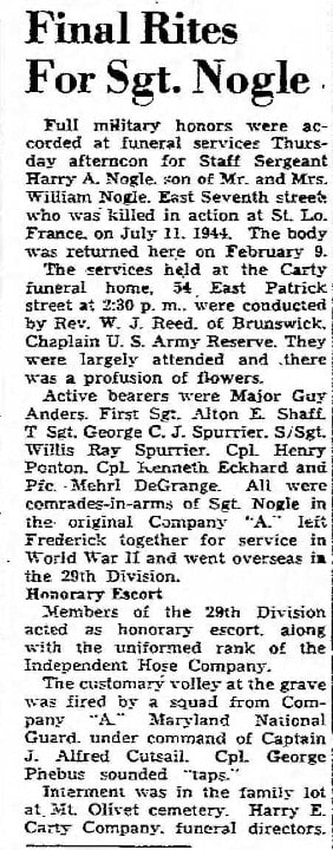
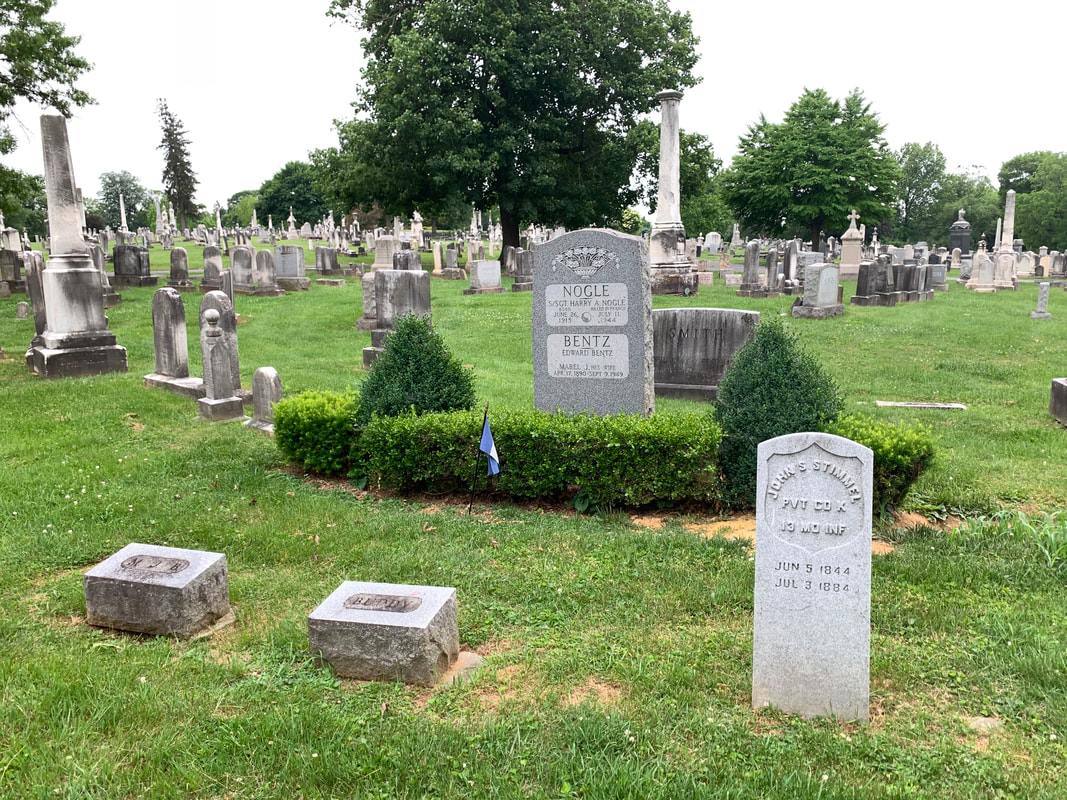
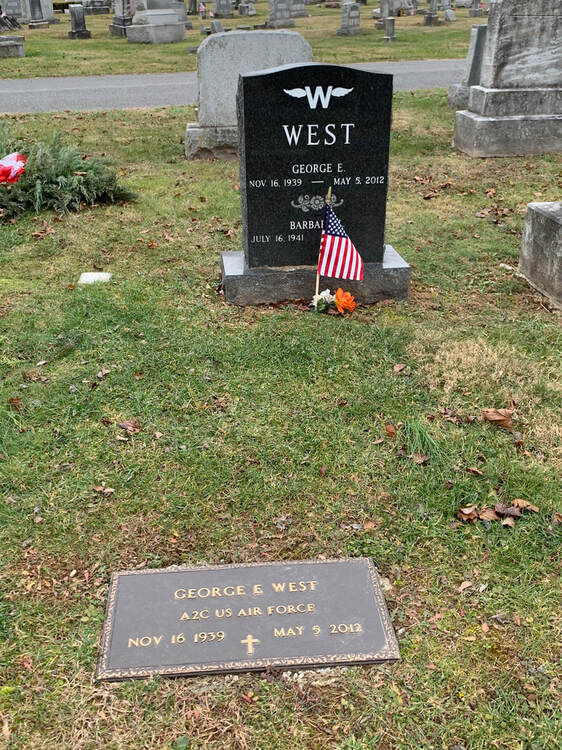
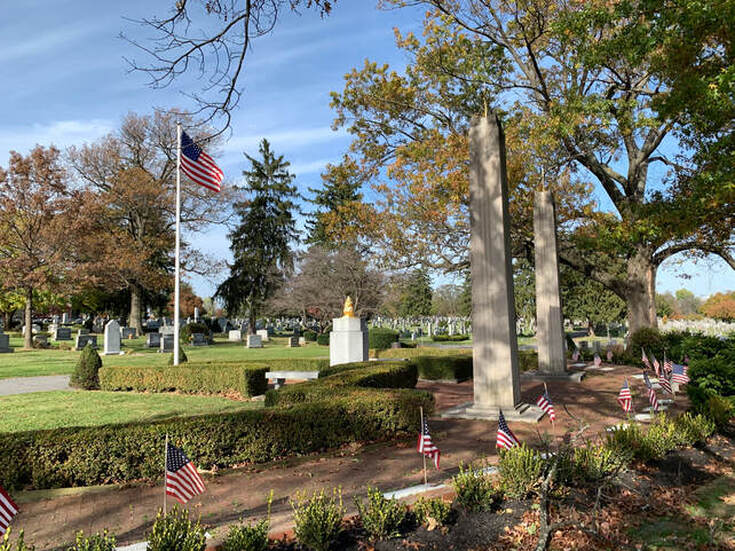

 RSS Feed
RSS Feed